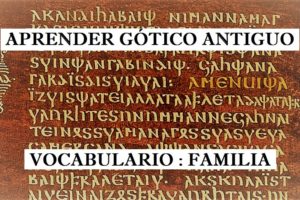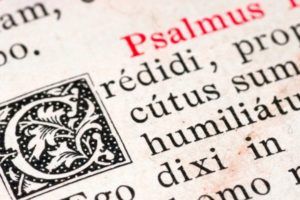Description
With this free course of 78 video lessons you will learn about the most important concepts to speak Old Norse
The Old Norse was the Germanic language spoken by the inhabitants of Scandinavia and its overseas colonies from the early Viking era to about 1300. This language emerged from the protonodic during the 8th century and, as it evolved, ended up giving rise to all Scandinavian languages.
Because most of the surviving texts come from medieval Icelandic, the de facto standard variant of this language is the Western dialect, i.e. ancient Norwegian and Icelandic. This fact sometimes causes old Icelandic or ancient Norwegian to be spoken of instead of Old Norse.
However, there was also the eastern variant of this language, which was spoken in the Viking settlements of present-day Sweden and Denmark. There was no geographical separation too clear between the two dialects. In fact, remains of the eastern Old Norse can be found in eastern Norway and traces of the western Old Norse to western Sweden. In addition, there was a dialect called ancient Gothnic, which is included within the Eastern Old Norse because it is the lesser known of the three dialects.
Speakers of these three dialects considered that they all spoke the same language and named it dansk tunga (NAOr) or dǫnsk tunga (NAOc) until the 13th century.
The Old Norse was intelligible by the speakers of Old English, Old Saxon and German bass, spoken north of present-day Germany. This language evolved into The Norwegian, Icelandic, Swedish and Danish languages.
Modern Icelandic is the language that has least evolved from the Old Norse. The Faroese also retains many similarities, but Danish influence makes it not as conservative as Icelandic. Although the other languages have evolved further, the speakers of Swedish, Norwegian and Danish still understand each other thanks to the great common heritage of the Old Norse.






Reviews
There are no reviews yet.